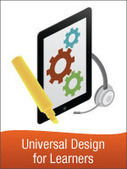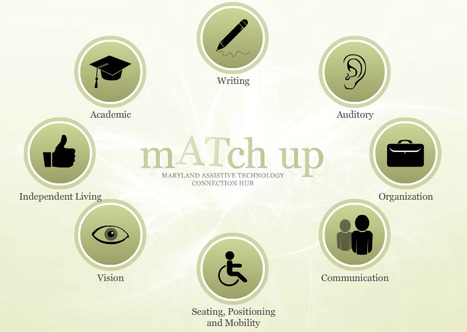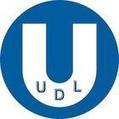This Parent Advocacy Brief will help parents learn the basics about the UDL (universal design for learning) approach and offers helpful tips for talking with your school about it.
Most parents will agree that both teaching and learning today are full of enormous challenges. Teachers face classrooms full of students with a wide range of abilities, speaking an array of languages, and coming from very diverse backgrounds.
Students face increased learning expectations as the nation's schools work to improve their academic achievement and enhance their long-term success. For students with learning disabilities (LD), learning in today's environment is daunting, even when provided with specialized instruction, accommodations, and assistive technology."
Fortunately, there is an approach to teaching and learning that can reduce these challenges, for all students, not only for those with LD. This approach, called Universal Design for Learning (UDL), is a concept that, if embraced by the field of education, can dramatically change the school experiences and success of students with LD.



 Your new post is loading...
Your new post is loading...












